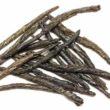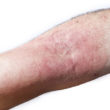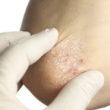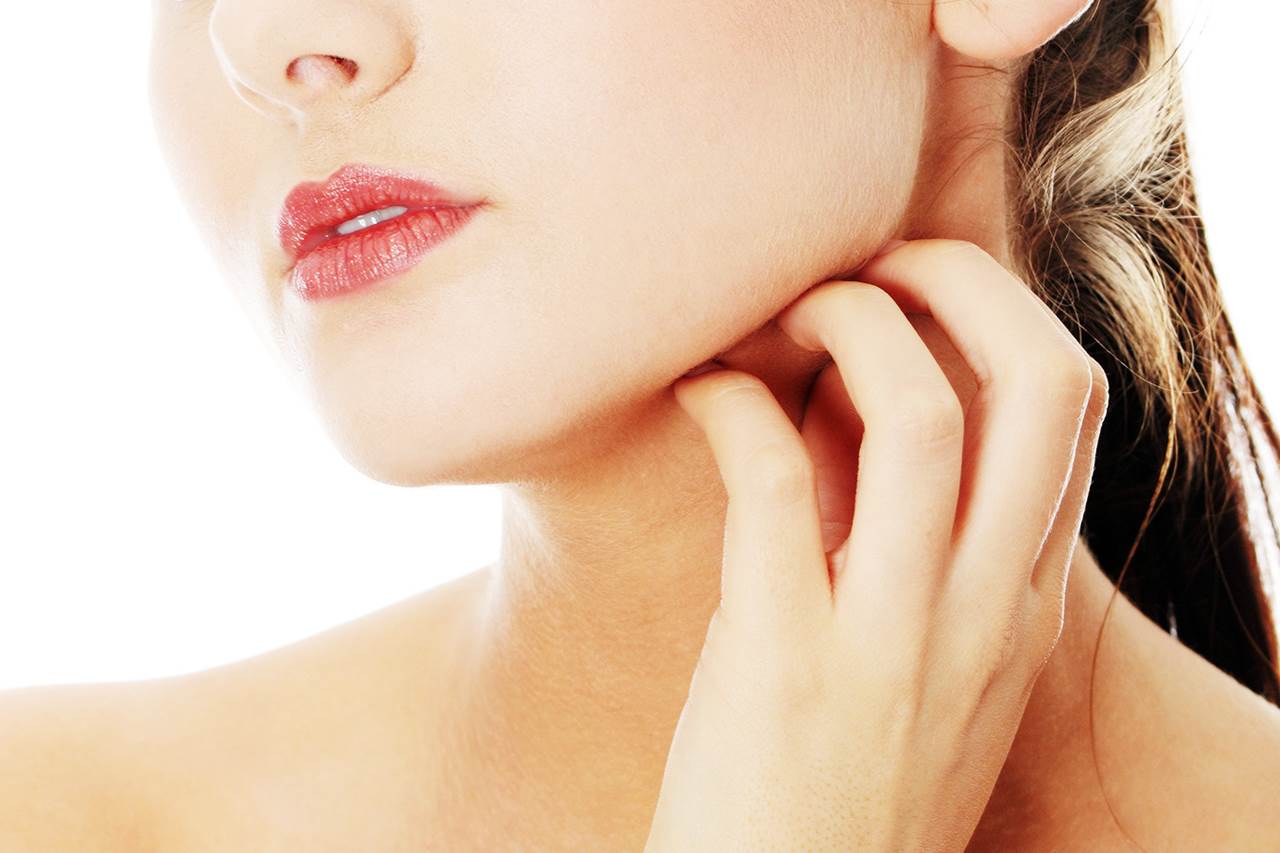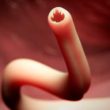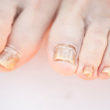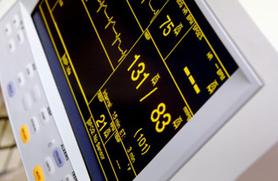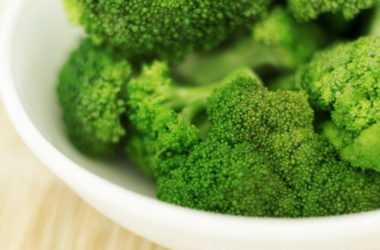There are numerous disgusting and embarrassing skin conditions, and it’s quite incontrovertible that some of them are carbuncles. Carbuncles are actually clusters of infected hair follicles. In other words, they are made up of several different boils. If a single boil grosses you out, just imagine what your reaction would be if you woke up one day with carbuncles!
Carbuncles are certainly more severe than just a single boil, and they usually extend to the deeper layers of your skin. It’s for this reason why they tend to cause more pain, heal at a slower rate and leave scars behind. Having carbuncles also usually makes you feel fatigued and feverish. If boils usually develop on hairy areas of the body where there are several hair follicles present, carbuncles like to show up on the thighs, back, nape of the neck or where skin is thicker.
Signs and Symptoms
The severity of the signs and symptoms of having carbuncles will depend on the whether or not the infection is superficial or extends deep into the skin’s subcutaneous fat layer. Naturally, the manifestations get more severe the worse the skin condition becomes. The following are some of the common signs and symptoms of carbuncles:
- Red and painful bumps on the skin
- Pus-filled clusters of boils that oozes or weeps
- Inflammation of the surrounding tissues or nearby lymph nodes
- Fatigue
- Fever
Causes
When multiple boils form or when several hair follicles in the same area get infected, carbuncles develop. Usually, the skin condition is brought about by a bacterial infection, which is mainly due to the Staphyloccocus bacteria. This type of bacteria naturally resides on your skin, but it may cause a problem when it gets to a cut or wound.
However, the Staphyloccocus bacteria may also cause an infection even if there’s no break in the skin. It is possible for carbuncles to be also due to an infection causes by fungi as well as other types of bacteria.
Complications
In case carbuncles are not treated promptly or fail to respond to the appropriate treatment, it’s not unlikely for the infection to spread to the surrounding tissues, causing more carbuncles to form.
Bacteremia may also take place when bacteria responsible for carbuncles spread to the blood. Bacteremia, on the other hand, may cause a very serious complication called sepsis. This life-threatening complication is rare and usually only happens to individuals with weakened immune system. Signs and symptoms of bacteremia include low blood pressure, lethargy, delirium, shock, seizures, loss of consciousness, confusion and coma.
Medical Treatments
Boils making up carbuncles usually drain and heal on their own after a few days. However, there are instances when they have to be drained by a doctor and washed and clean with a disinfecting solution. Most of the time, the administration of antibiotics is no longer necessary provided that the drainage has been carried out completely. It takes about 2 to 3 weeks for carbuncles to fully heal after being treated medically.
Antibiotics may be prescribed in case the drainage has been performed only partially. They may also be administered if the infection has spread to the surrounding tissues or the individual’s immune system is weak. There are also times when pus collected from the infection is sent to the laboratory to have the bacteria causing it determined.
Home Remedies
There are a handful of effective home remedies for carbuncles. Opting for them helps you attain relief from the symptoms as well as healing and speedy recovery from the skin condition. Below are some tried-and-tested home remedies for carbuncles. However, do take note that it’s important to have a doctor consulted if carbuncles appear on the face, or near the eyes, nose or spine.
- Turmeric – An all-natural way to deal with the infection and inflammation is by drinking a glass of warm water with a teaspoon of turmeric powder mixed into it. This anti-carbuncle solution should be taken 3 times a day. Adding turmeric to food to spice it up is also a good idea.
- Onions – The application of onions may help speed up the draining and healing of carbuncles. Simply place a fresh slice of onion on the problem area and secure in place with a strip of cloth. Try to replace it with a new slice every 3 to 4 hours.
- Warm compress – One of the best ways to promote drainage of carbuncles is by applying warm compress. Simply dunk a small towel or piece of cloth in warm water. Wring out excess water, fold neatly and place over the trouble spot.
- Garlic – Finely crush a couple of cloves of raw garlic and apply directly on carbuncles. Cover with a sterile gauze and secure in place with adhesive tapes or bandages.
- Tea bags – Many people swear by the effectiveness of placing warm tea bags over carbuncles to speed up the drainage.




